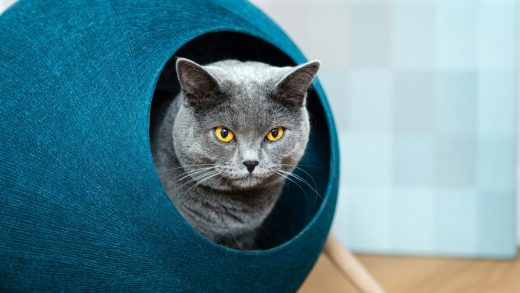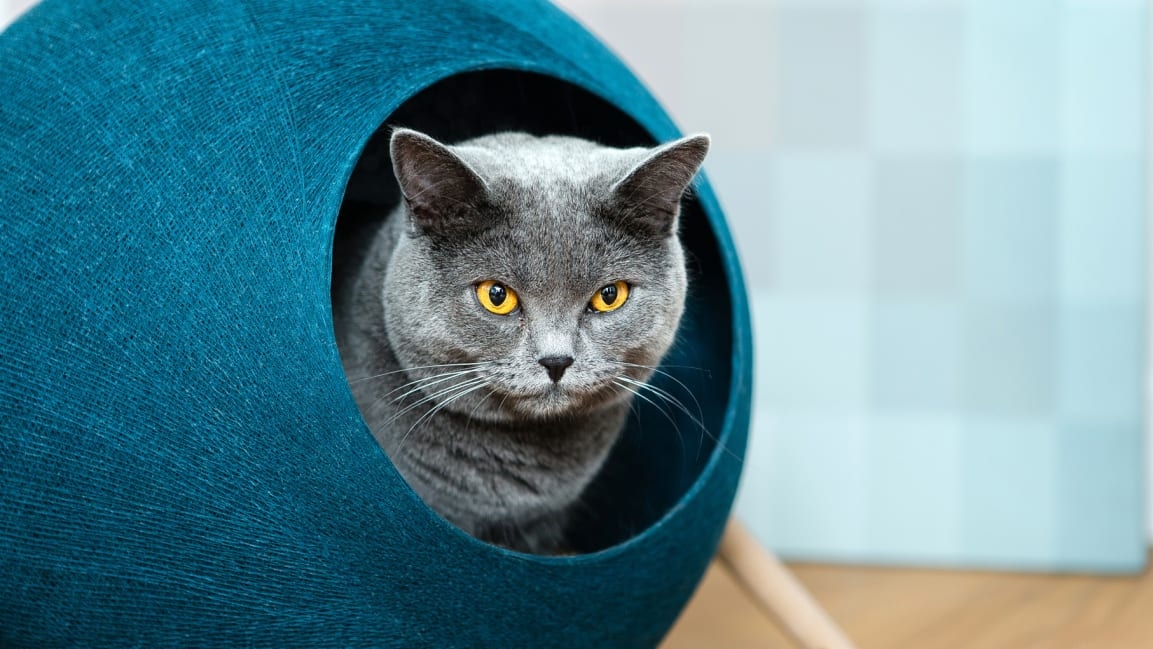Can this design-forward pet startup take on big-box retailers?
Four years ago, Jackson Cunningham and girlfriend Vanessa Koo found themselves thoroughly disappointed while shopping at a PetSmart.
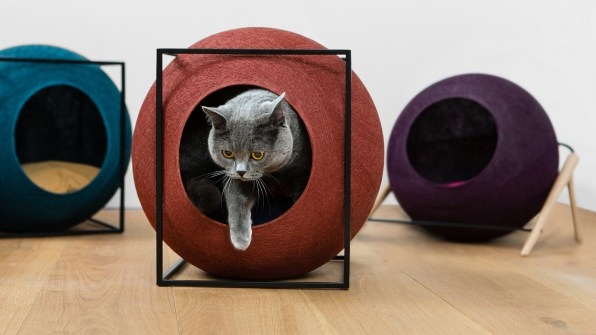
The new parents of a rescue cat were overcome by what they deemed as unappealing, tacky, and cheaply made pet products, such as carpet-covered cat towers and dull grey litter boxes. Nothing seemed good enough for their fuzzy new family member, a Norwegian snow cat named Peppers.
“How can we justify having this stuff in our apartment, especially when there’s so little space?” Cunningham, 33, recalls thinking. “It looked like stuff you might find in a dollar store.”
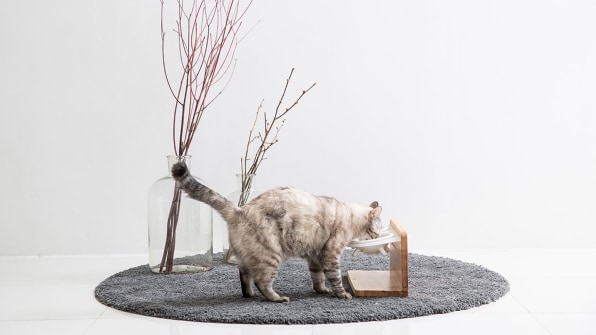
Cunningham saw a huge disconnect compared to all the other well-designed, high-quality home items he usually purchased. “There was just such an obvious need for something new,” he says.
In 2016, the couple cofounded Tuft & Paw, a modern cat furniture company reinventing feline staples. The direct-to-consumer startup scouts and sells a wide range of sustainable products boasting a mid-century aesthetic. (Most of the products come from Korea or other Asian countries, with little or no American footprint). It caters to the roughly 47.1 million American households with cats.
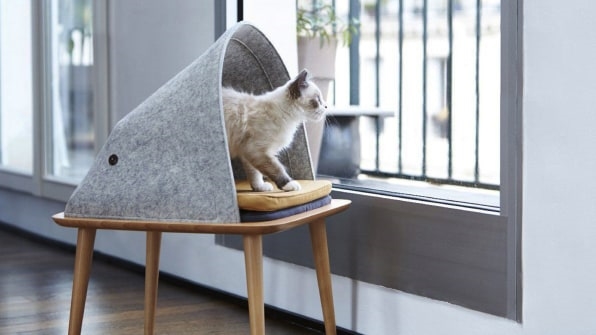
The past few years have seen the launch of high-end pet furniture brands, such as Lord Lou’s or Vanderpump pets, though few were created with cat behavior in mind or designed to be environmentally conscious. Many simply slapped on fancy chains or leather detailing without actually considering new design concepts.
“At first, people laugh [at the concept] like ‘really, cat furniture? That’s pretty niche,’” says Cunningham. “But then when you talk to any cat owner, they’re like, ‘Oh my God, I have that exact same problem.’”
Satisfying finicky cats
Cunningham has substantial experience in e-commerce. He previously worked in branding, digital marketing, and product development at several startups. In 2013, he launched a DTC brand that sells what might be even more niche than cat furniture—high-end suspenders. Today, JJ Suspenders is found in more than 100 U.S. retailers.
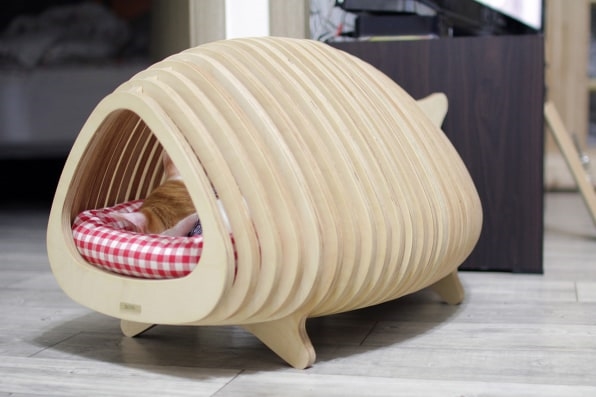
With JJ Suspenders, Cunningham learned just how complicated the product development process can be, even if a products seems remarkably simple and straightforward. “It takes a really long time—going back and forth—to get something you are proud to sell,” he says.
With Vancouver-based Tuft & Paw, Cunningham collaborates with furniture designers across the globe, tweaking existing products and developing new ones. The company employs feline behavior scientists to construct how products will best serve cat needs and satiate their human overlords.
“What we’re not trying to do is look at an existing product and say, ‘OK, let’s just make this look nicer,’” explains Cunningham. “We’re trying to start from the basics of why? Why do these products all look the same?”
In examining traditional cat scratch posts, for example, the product team wondered why it’s always a vertical piece of wood with a small base. Cats scratch for a number of reasons—like to sharpen claws—but also to stretch. Within a few months, they began designing a more horizontal layout for felines to better expand their limbs.
Tuft & Paws also surveys cat owners and analyzes product feedback. One of their products had a 25% return rate, with customers complaining that cats refused to use it.
Dr. Marci L. Koski, a certified feline behavior consultant who works will Tuft & Paw, discovered the product had an entry but no exit. “Cats don’t like feeling trapped,” she explains. “They like to have two [openings], so they don’t feel cornered.”
As soon as Tuft & Paw added a second entrance, the once uninterested cats began using it daily.
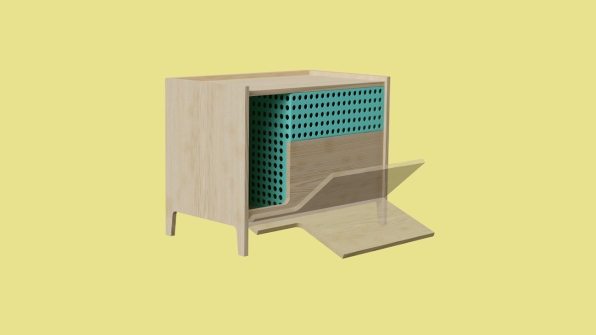
Humans, too
While cat satisfaction is high priority, the company also heavily focuses on building aesthetically pleasing products for pet owners. Cat scratching products, which generally rely on big, plushy materials that fall apart within a year, are replaced with sleek plywood sporting durable felt fabric and polyester fleece made from recycled plastic bottles. Not that it was a simple swap: The product team heavily researched alternatives that could withstand constant claw abuse.
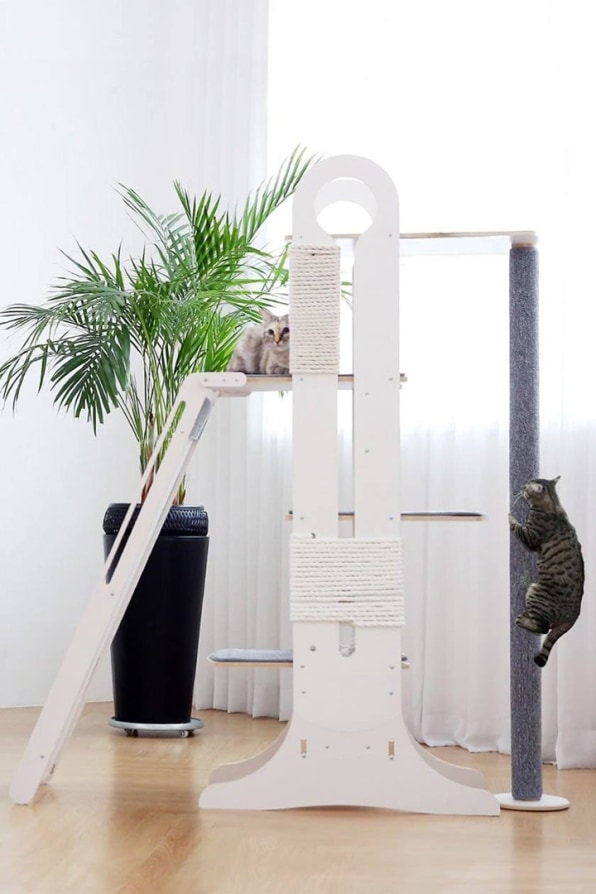
This January, it will release a litter box composed of 100% recycled ocean plastic and comes with an integrated shovel, dustpan, and brush. “There’s nothing out there that’s just like a really simple, beautiful clean litter box,” says Cunningham. “This is something that looks like it could go in a kitchen.”
The new product will serve as an alternative to bulky plastic bins, though it doesn’t come cheap: Using recycled materials means it will cost more than double the price of standard options. In general, Tuft & Paw prices run high. A cat tree goes for $219 while an elaborate jungle gym costs a whopping $949.
The argument could be made that pet owners today have more time and money to lavish their pets with the utmost luxury: More adults wait longer to marry and have children, which means pets play a larger role in home and family life. A recent study found that millennial pet owners are more likely to refer to their dogs and cats as “children” and themselves as “parents,” and therefore increasingly spend more on them.
That, or as Cunningham notes, consumers are simply “fed up with the old guard” of big-box retail stores, much like how Casper wooed away mattress shoppers.
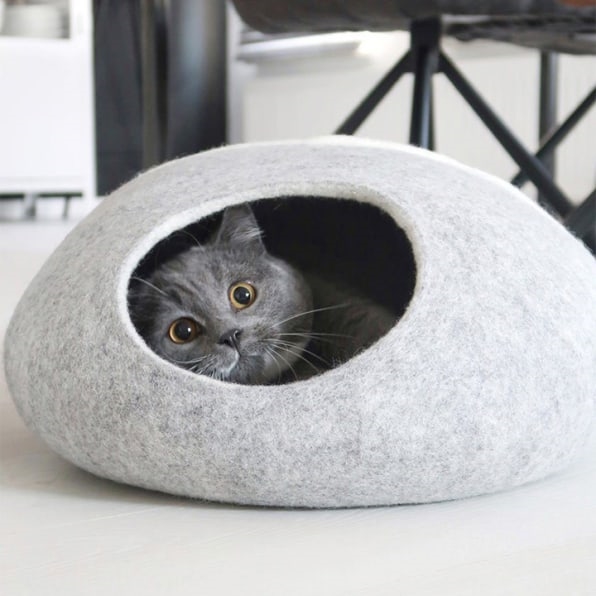
The pet market is seeing a significant uptick in consumers who want more sophisticated products. The industry is now flush with startups catering to this clientele: fresh dog food delivery The Farmer’s Dog and veterinary services Modern Animal are just a few of the many companies that secured recent funding.
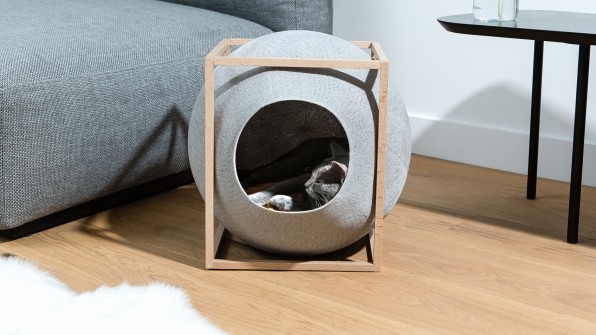
Tuft & Paw is quickly growing as an alternative to mainstream pet products, with cat lovers hailing it as the “West Elm of cat furniture.” In the last year alone, sales grew by 400%.
Moving forward, the company plans to tackle more cat products, specifically essentials like cat carriers. And then, at some point, it might expand to accommodate dogs. That is, says Cunningham, “once we feel like we’ve done right by the cat market—there’s still like a ton of stuff to do there.”
(28)

